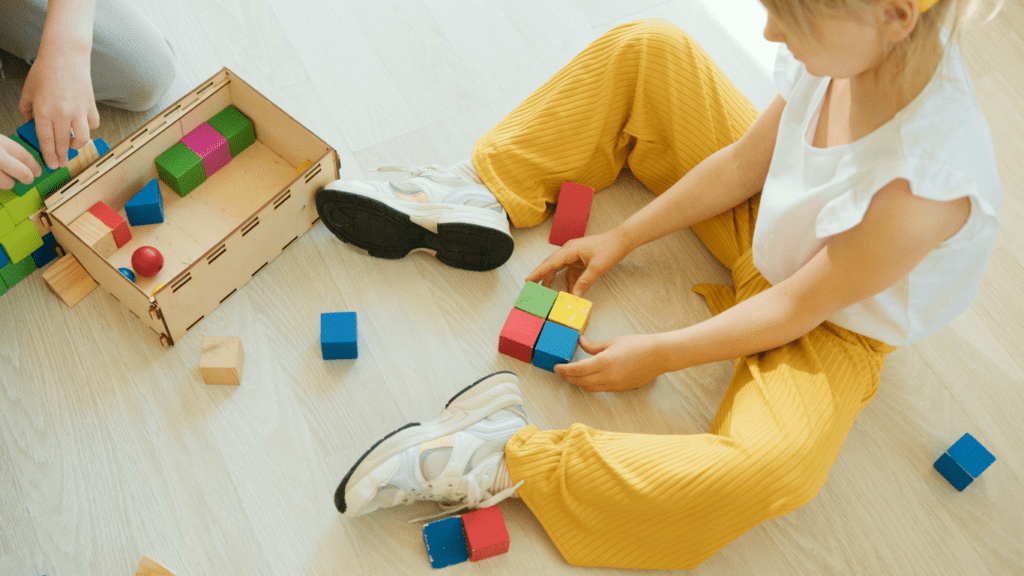Growing up in a bilingual environment can have a profound impact on a child’s development. From shaping cognitive abilities to enhancing cultural awareness, the effects of bilingualism are far-reaching and fascinating. As a parent or educator, understanding these impacts is crucial in providing the best support for children navigating the world of multiple languages.
In this article, I’ll delve into the intricate ways in which bilingualism influences a child’s cognitive and social growth. Through a blend of research findings and practical insights, we’ll explore the benefits of bilingualism in shaping young minds and preparing them for a diverse society. Join me on this journey to uncover the transformative power of bilingualism in child development.
Understanding Bilingualism and Child Development
Bilingualism refers to the ability to communicate proficiently in two languages. It is a valuable skill that offers numerous cognitive, social, and cultural advantages to children.
What is Bilingualism?
Bilingualism involves the use of two languages in everyday life, allowing individuals to switch between languages based on the context or the people they are interacting with. This ability provides a unique cognitive advantage, enhancing problem-solving skills and executive functioning in children.
Overview of Child Development Stages
Child development occurs in various stages, including physical, cognitive, emotional, and social growth. Bilingualism plays a crucial role in shaping these developmental stages by influencing language acquisition, social interactions, and cultural awareness from early childhood through adolescence.
Cognitive Benefits of Bilingualism
Growing up bilingual offers various cognitive benefits that positively impact a child’s development. Bilingualism contributes to enhancing problem-solving skills and improving multitasking abilities in children. Below are the specific cognitive advantages associated with being bilingual:
- Enhances Problem-Solving Skills
Being bilingual enhances problem-solving skills in children as they develop the ability to think critically in different languages. When exposed to multiple languages, children learn to approach challenges from various perspectives, fostering creative problem-solving skills. This cognitive flexibility allows bilingual children to adapt quickly to new situations and find innovative solutions. - Improves Multitasking Abilities
Bilingualism improves multitasking abilities in children by training their brains to efficiently switch between languages. The constant need to navigate between two languages enhances cognitive control, enabling children to juggle different tasks effectively. Research shows that bilingual children have enhanced attention control and cognitive flexibility, which are key components of strong multitasking skills.
Bilingualism not only enriches a child’s language abilities but also provides cognitive advantages that extend to problem-solving and multitasking skills. By embracing bilingualism, parents and educators can support children in developing crucial cognitive abilities that benefit them across various aspects of their lives.
Social and Emotional Advantages
Bilingualism offers various social and emotional advantages that play a crucial role in a child’s overall development. Understanding these benefits is essential for parents and educators to provide comprehensive support to bilingual children.
Better Cultural Adaptability
Growing up bilingual equips children with a unique advantage in navigating diverse cultural landscapes. They develop a deeper appreciation for different customs, traditions, and perspectives, fostering a sense of cultural adaptability. This adaptability enables them to interact comfortably with individuals from various backgrounds, fostering inclusive relationships and a broader worldview.
Enhanced Empathy and Communication Skills
One notable benefit of bilingualism is the enhancement of empathy and communication skills in children. By being exposed to multiple languages and cultural nuances, bilingual children learn to empathize with others’ experiences and effectively communicate across different linguistic and cultural barriers. This heightened empathy and communication prowess enable them to build stronger connections with people from diverse backgrounds and navigate social situations with ease.
Challenges Associated With Raising Bilingual Children
In my experience, raising bilingual children comes with its set of challenges that parents need to navigate strategically, ensuring a balanced linguistic and developmental environment for their kids.
Language Confusion in Early Years
As a parent raising bilingual children, I’ve noticed that language confusion in the early years can be a common challenge. It’s essential to create clear language boundaries and consistency to help children distinguish between the two languages they are exposed to daily. Without proper guidance, children might mix languages, leading to confusion and potential delays in language development.
Balancing Language Proficiency
Maintaining a balance in language proficiency is another key challenge parents face. It’s crucial to provide equal exposure to both languages, ensuring that children are proficient in speaking, reading, and writing in both languages. Striking a balance between the languages spoken at home, school, and in the community can be complex but is essential for overall language development and cognitive growth.
Tips for Supporting Bilingual Development
To support bilingual development in children, it’s crucial to create a language-rich environment. Surrounding your child with opportunities to hear and use both languages regularly is key to their language acquisition and proficiency. Consistency in language usage further reinforces their skills and prevents confusion.
Creating a Language-Rich Environment
Incorporate both languages into your daily interactions with your child. Label objects, describe activities, and read stories in both languages. This exposure allows your child to develop vocabulary, grammar, and language comprehension skills in both languages simultaneously. By immersing them in a language-rich environment, you boost their language proficiency organically.
Consistency in Language Usage
Maintaining consistency in language usage is vital. Designate specific times or activities for each language to avoid mixing them. Consistent exposure to each language helps children distinguish between them and develop strong language boundaries. Encouraging family members and caregivers to follow this language pattern reinforces consistency and helps children feel supported in their bilingual journey.



